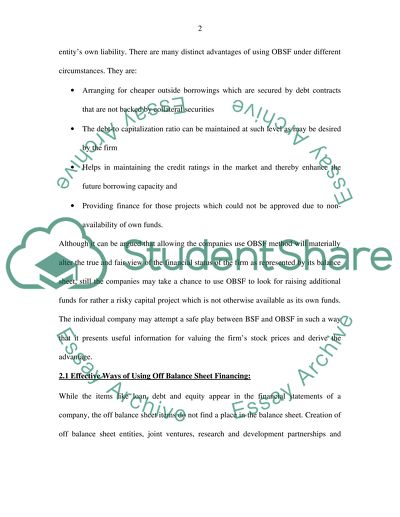Cite this document
(“Corporate Reporting and Balance Sheet Financing Essay”, n.d.)
Corporate Reporting and Balance Sheet Financing Essay. Retrieved from https://studentshare.org/miscellaneous/1530577-corporate-reporting-and-balance-sheet-financing
Corporate Reporting and Balance Sheet Financing Essay. Retrieved from https://studentshare.org/miscellaneous/1530577-corporate-reporting-and-balance-sheet-financing
(Corporate Reporting and Balance Sheet Financing Essay)
Corporate Reporting and Balance Sheet Financing Essay. https://studentshare.org/miscellaneous/1530577-corporate-reporting-and-balance-sheet-financing.
Corporate Reporting and Balance Sheet Financing Essay. https://studentshare.org/miscellaneous/1530577-corporate-reporting-and-balance-sheet-financing.
“Corporate Reporting and Balance Sheet Financing Essay”, n.d. https://studentshare.org/miscellaneous/1530577-corporate-reporting-and-balance-sheet-financing.


